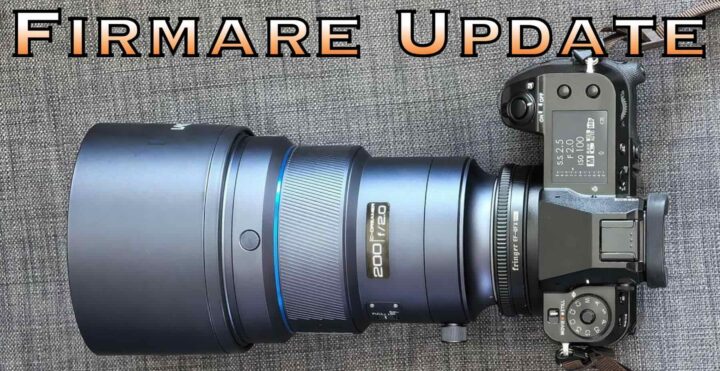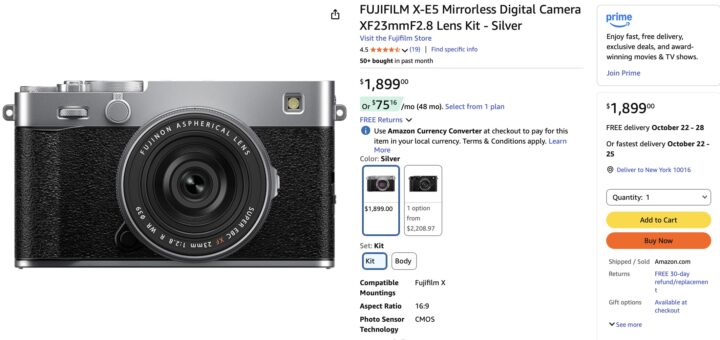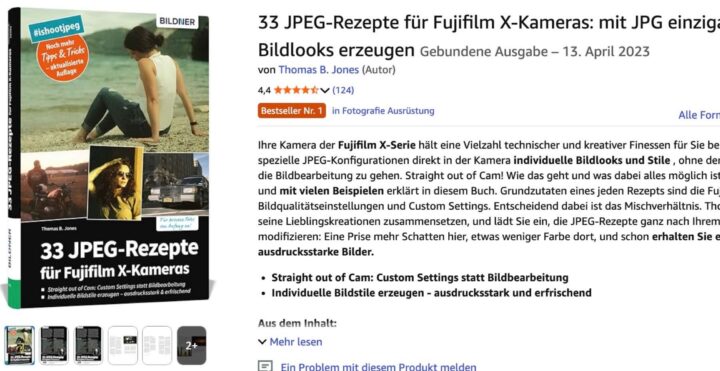Firmware Updates for Fringer EF-GFX Pro, EF-FX Pro III/II, EF-FX Ultra and EF-FX II
Fringer has released firmware updates for their Fujifilm X and GFX AF adapters.
Fringer EF-GFX Pro
2025/10/11
Version 2.10
- Added following lenses to the tested and optimized lens list:
1) SIGMA 150mm F/2.8 APO EX DG HSM Macro
2) Canon EF 600mm f/4L IS USM + 2X
3) Canon EF 400mm f/2.8 L USM
4) Canon EF 400mm f/2.8 L USM + 1.4X
5) Canon EF 400mm f/2.8 L USM + 2X
6) LAOWA 180mm f/4.5 1.5X Ultra Macro APO
7) LAOWA AF FF 200mm f/2 C-Dreamer - Fixed AF issues for some lenses of the following models: Lens didn’t get recognized by the adapter due to different lens version.
1) SIGMA 150-600mm F5-6.3 DG OS HSM C015/S014 + 1.4X - Added in-body vignetting and distortion correction profile for the following lenses.
|
Lens Model |
Configuration Item |
Default |
| SIGMA 150mm F/2.8 APO EX DG HSM Macro | ForceNativeSigma15028EX | 1 |
| LAOWA 180mm f/4.5 1.5X Ultra Macro APO | ForceNativeLaowa18045 | 1 |
| LAOWA AF FF 200mm f/2 C-Dreamer | ForceNativeLaowa2002 | 1 |
Note: We have fixed the IBIS performance issues when activating in-body correction functions. Now there is no need to turn off the auto corrections for IBIS. But if you prefer to manually set the correction in camera menu, you may still disable the auto corrections. To disable it for individual lens: change the corresponding configuration item’s value to 0.
Download firmware and releases notes here.
Fringer EF-FX Pro III/II, EF-FX Ultra, EF-FX II
2025/10/11
Version 2.90
- Fixed compatibility issues with some of TAMRON SP 28-75mm F/2.8 XR Di LD A09 lenses
- Added following lenses to the tested and optimized lens list:
1) SIGMA 150mm F/2.8 APO EX DG HSM Macro
2) Canon EF 400mm f/2.8 L USM
3) Canon EF 400mm f/2.8 L USM + 1.4X
4) Canon EF 400mm f/2.8 L USM + 2X
5) LAOWA 180mm f/4.5 1.5X Ultra Macro APO
6) LAOWA AF FF 200mm f/2 C-Dreamer
Download firmware and release notes here.





